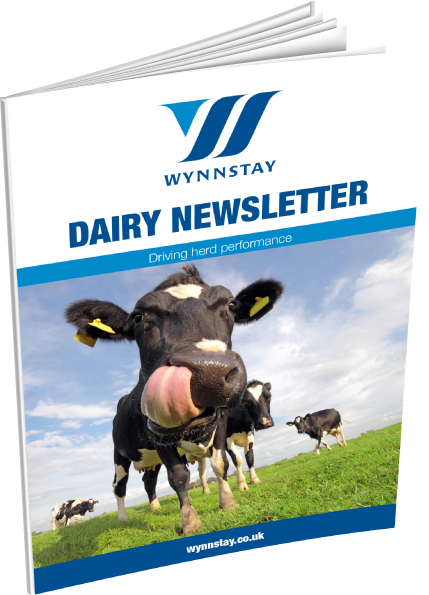With high fertiliser costs should you ‘batten down the hatches’ or focus even harder on producing good grass silage this season? There’s no getting away from high fertiliser costs. And with high costs, it can be tempting to retreat to the perceived ‘safety’ of doing what’s familiar or ‘battening down the hatches'. In other words, not really pushing grass (and silage) for everything you can get out of it.
Read more: Maximising potential milk from forage
But is this the best – or most efficient – course of action?
After all, we also have very good milk prices, so do you want to miss out on these? Or, is it worth thinking creatively to maximise the amount of milk you produce from homegrown forage and silage – for example by taking an extra silage cut?
Increased silage quality
Fitting an extra silage cut into the season, by cutting grass younger, stands to increase its quality. For example, Volac's research showed that grass from a five-cut system had an average digestibility 3 D units higher than grass from a three-cut system (72.7 versus 69.7) and was almost 3% higher in crude protein. It’s important to remember that you don’t have to jump straight from three cuts to five cuts. Maybe just try one extra cut. But higher digestibility can lead to higher silage intakes. What’s more, over the season, the multi-cut approach also delivered an extra 0.92 t/ha of dry matter (DM).
On top of that, taking more cuts equals more opportunities to apply slurry. This is handy if you’re having to cut back on bagged fertiliser (provided, of course, that you take precautions to mitigate any risks from slurry bacteria). Conversely, if you haven’t got enough fertility in the field because nitrogen applications have been reduced, grass yields are likely to be lower anyway, and the grass is likely to go to head faster due to stress, which will reduce its quality.
Better preservation
It’s a similar scenario with additive use. Without an additive, the average DM loss in the higher quality grass silage in the experiment above was nearly 10%. When the additive Ecosyl was used, the average DM loss was virtually halved. In addition, the numbers of enterobacteria (the bacteria associated with slurry) were up to 100,000 times lower in the treated silage, and there was evidence that protein was better preserved. Ultimately, you have to ask yourself: do you want to maximise your opportunities of achieving better quality grass and better silage preservation? Or do you leave silage quality and quantity much more open to chance – just at a time when milk prices are good and when the costs of concentrates needed to supplement poorer silage might also be high?











